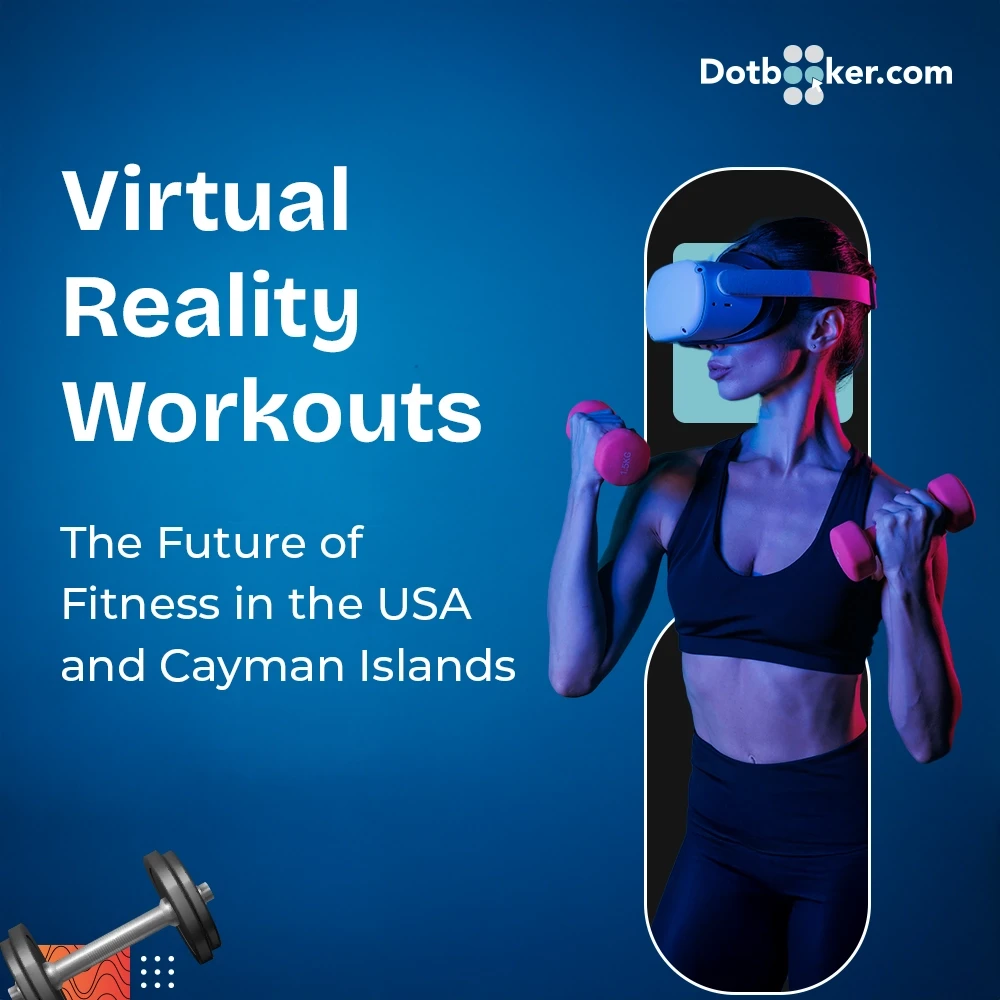
- By Dotbooker
- May 23, 2025
- 542
Virtual Reality Workouts: The Future of Fitness in the USA and Cayman Islands
Let’s set the scene.
You step into your gym, but instead of grabbing a yoga mat or jumping on a treadmill, you slide on a VR headset. Instantly, you're no longer in a fitness studio—standing at the edge of a volcanic cliff, preparing to leap from platform to platform. You feel your legs burn, your arms sweat, your mind locked in. It’s heart-pounding. It’s exhilarating.
Welcome to the new era of virtual reality workouts, where boundaries dissolve, and fitness becomes an adventure.
Boredom is the Real Enemy—and VR Knows It
Let’s admit something—sticking to a fitness routine is tough, not because our bodies can't do it, but because our minds get bored. Repetition drains motivation. And in an industry where engagement is everything, virtual reality workouts emerge as the ultimate antidote.
With VR fitness programs, your squat isn’t just a squat—it’s a duck from a flying object. Your sprint isn't on a treadmill—it's an escape from a digital avalanche. These aren’t gimmicks. They’re immersive experiences designed to engage your senses and entertain your brain and body equally.
Immersive exercise experiences like these have been shown to:
- Reduce perceived effort (you don’t realize you’re working out so hard)
- Increase workout duration (because it doesn’t feel like a chore)
- Boost dopamine, thanks to gamified progress and visual stimulation
And all of this leads to one powerful outcome: people stick with their workouts.

Why Are the USA and Cayman Islands Uniquely Positioned to Lead the VR Fitness Movement?
The fitness revolution doesn’t follow a one-size-fits-all blueprint—it adapts to the lifestyle, culture, and tech readiness of each region. And if there are two places leading this charge in very different yet equally compelling ways, it’s the USA and the Cayman Islands.
🇺🇸 United States: A Tech Playground with a Fitness Obsession
America is home to two booming industries: technology and wellness. Unsurprisingly, the two are colliding to redefine what it means to "stay fit." With health-conscious consumers always looking for the next innovation, virtual reality workouts aren’t just a cool add-on—they’re the next competitive edge.
- Consumer Readiness: Over 64 million Americans have a gym membership. Combine that with 171 million smartphone users and a growing adoption of wearable tech, and you have a market eager to explore fitness beyond the physical.
- Innovation Ecosystem: From Silicon Valley to Boston, VR developers, fitness tech startups, and AI-driven platforms collaborate to create next-gen fitness ecosystems.
- Corporate Wellness Push: Companies offer VR wellness suites in offices to improve employee well-being, showing that this trend goes far beyond gyms.
🇰🇾 Cayman Islands: From Sun, Sand, and Sweat to Sci-Fi Fitness
In the Caymans, luxury fitness experiences are evolving rapidly. With a high influx of global tourists and affluent residents, the wellness scene here demands exclusivity, and immersive exercise experiences provide exactly that.
- Tourism-Driven Demand: High-end resorts and spas now compete by offering the most unique fitness experience. VR provides a standout USP—"Meditate on a mountain peak" or "Train in a rainforest without leaving the room."
- Space Efficiency: With premium real estate in many island gyms, VR allows for dynamic training environments in compact areas—one room, unlimited virtual landscapes.
- Hybrid Audiences: Locals and expats alike are blending tradition with trend. A yoga instructor today might lead a beachfront class; tomorrow, she’ll guide clients through a virtual temple in the Himalayas.
VR isn’t replacing the vibe—it’s amplifying it.
How Smart Gyms Are Making VR Work (Even Without Massive Budgets)?
Let’s kill the myth once and for all: you don’t need millions to start your VR journey. Many forward-thinking boutique gyms are incorporating virtual reality workouts with little more than smart planning and a growth mindset.
Here’s how:
Start Lean, Scale Smart
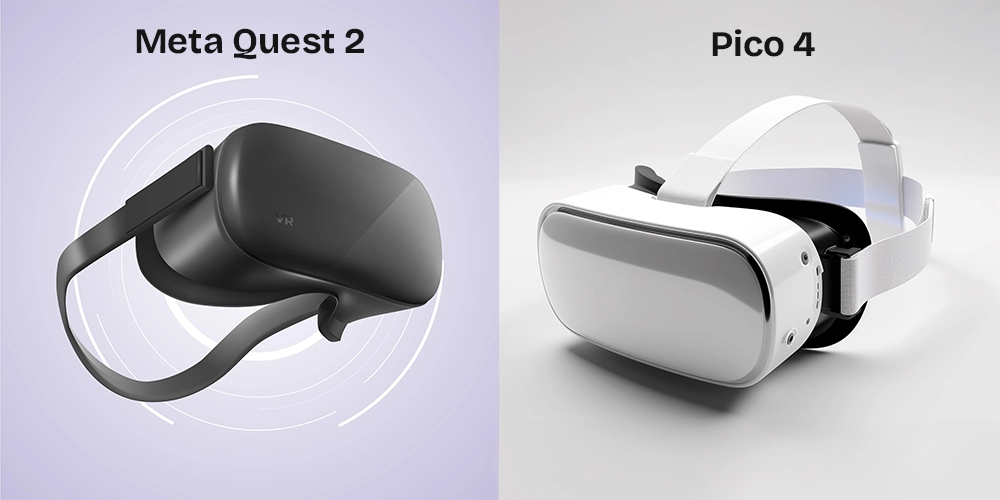
Start with affordable devices like the Meta Quest 2 or Pico 4, which cost under $500 per unit.
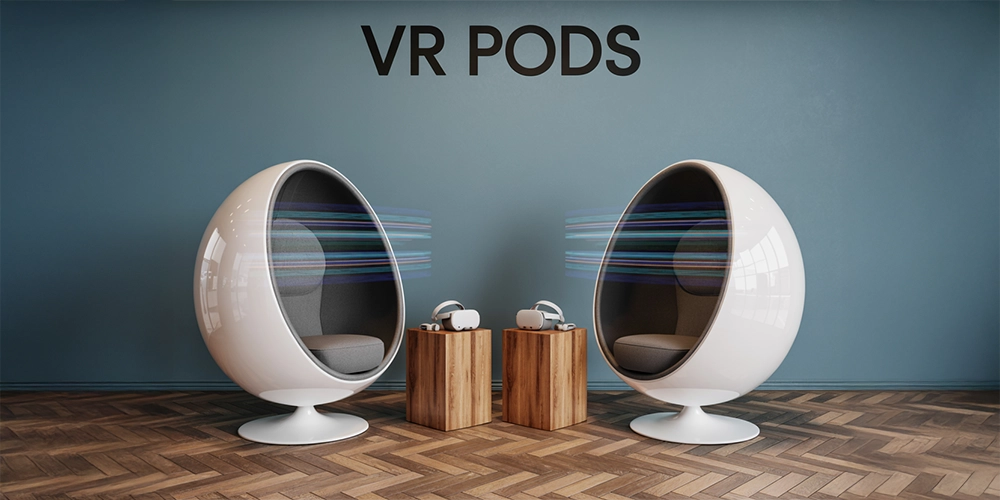
Set up one or two VR pods—rotating stations that let members book 15- to 30-minute immersive sessions.
Also, you can easily offer “trial weeks,” during which members can test VR workouts for free before purchasing them as premium packages.
Repackage and Rebrand Existing Programs
Already running HIIT, boxing, or spin classes? Use VR versions of the same:
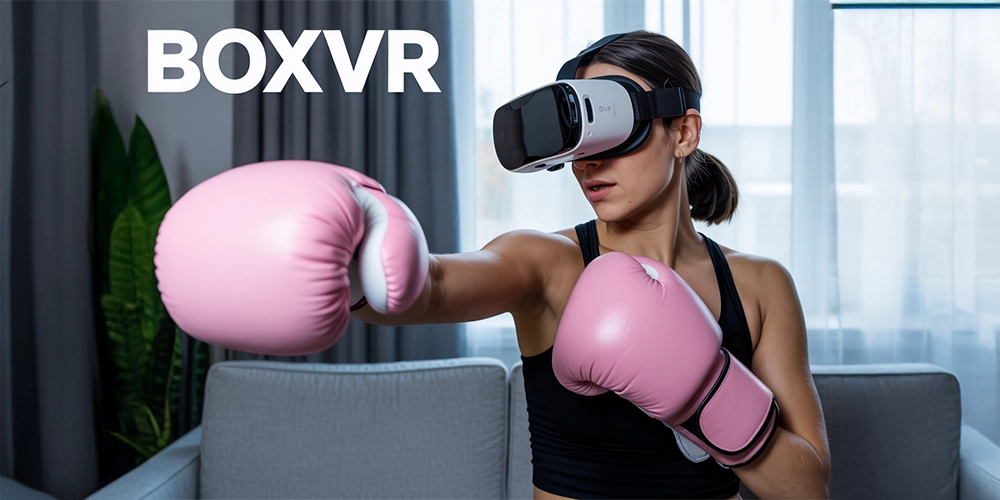
- BoxVR replaces your boxing bag with a virtual opponent
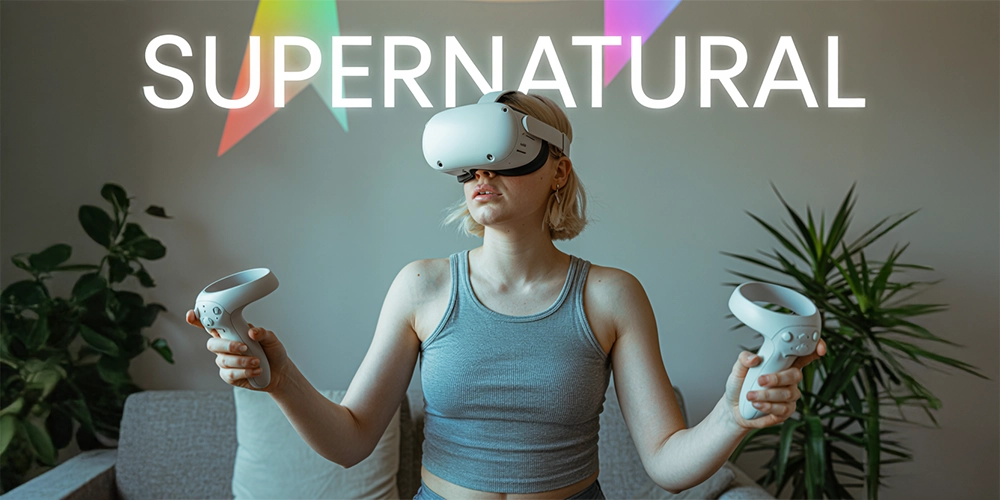
- Supernatural turns cardio into rhythmic gameplay.
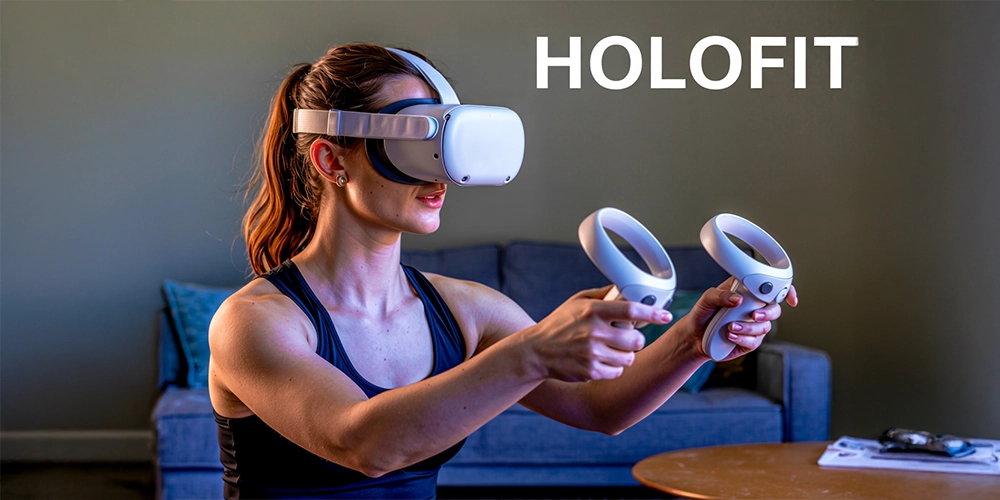
- Holofit transforms your rowing machine into a spaceship sea.
You’re not building something new—you’re rebranding the movement in a way that’s impossible to ignore.
Staff Adaptation is Key
Train your current instructors to become “Virtual Coaches.” They don’t just run a VR class—they monitor, motivate, and personalize the tech for members who may initially be intimidated. The human touch is what brings people back.
The Psychology Behind VR’s Appeal: More Than Just Cool Tech
At first glance, VR fitness programs seem like a tech novelty. But what truly powers their momentum isn’t the pixels—it’s psychology.
Gamification & Reward Loops
People love rewards. VR fitness apps use dopamine-triggering mechanics—like earning points, leveling up, or unlocking new virtual worlds—to keep users coming back. Your body is working, but your brain is celebrating.
Flow State Activation
Remember the last time you were “in the zone”? VR naturally induces this flow state—a focused, meditative trance where time disappears. That’s the gold standard of fitness, and it’s hard to reach with traditional routines.
Alter Ego Activation
Are you shy about lifting weights in public? In VR, you can be a warrior, a dancer, or a superhero. This role-playing psychology helps users push boundaries, overcome insecurities, and gain confidence, not just physically but mentally.
Reduced Judgment = Higher Retention
There are no privacy mirrors, no staring eyes, just you and the challenge. This lowers dropout rates, especially among new or intimidated gym-goers. When people feel safe, they show up.
Merging Digital Fitness and Real-World Community
It’s a common concern: will VR make people more isolated?
The opposite is unfolding.
Virtual Social Workouts
Modern VR fitness programs like Les Mills Bodycombat VR or FitXR allow real-time multiplayer workouts. You can dance with someone in Japan, box with a friend in New York, or co-train with a sibling in Toronto—no flights required.
Offline-Online Hybrid Events
Some studios host VR tournaments or leaderboard challenges with in-person rewards. “Top scorers get a free month!” These events build community and keep engagement high, even when members are remote.
In-App Social Circles
Many VR apps now have community boards, messaging, and social hubs where members can exchange tips, form accountability groups, or just celebrate hitting their goals. It’s digital, but the connection is deeply human.
VR isn’t isolating us—it’s connecting us differently.

Not Just the Future—It’s the New Standard
Still thinking this is a “wait-and-watch” trend? Here’s your friendly wake-up call: virtual reality workouts are becoming the baseline expectation for modern fitness, especially among younger generations.
🔍 What’s Driving the Shift?
- Gen Z: prefers brands that blend innovation with lifestyle. A treadmill? Meh. A jungle run with real-time feedback? Yes, please.
- Tech Availability: Devices are becoming more portable, affordable, and accessible. Soon, VR headsets will be as common as yoga mats.
- Cross-Industry Adoption: Education, therapy, and even tourism are all virtual. Fitness is just part of a much bigger movement.
What Happens If You Don’t Adapt?
- You miss out on a whole demographic of early adopters.
- Your competitors will look more exciting, whether or not they’re better.
- Member retention drops as people seek experiences, not just exercise
The truth is, gyms without a digital vision risk being left behind.
Ready to Level Up? Let’s Talk About Dotbooker
As gyms and wellness centers across the USA and Cayman Islands embrace this wave, one question remains: how do you manage it all?
That’s where Dotbooker comes in.
Whether you're offering traditional fitness classes or launching immersive VR fitness programs, Dotbooker simplifies everything:
- Schedule VR sessions like any other class
- Manage memberships and usage credits.
- Track participation, attendance, and trends
- Even market your immersive exercise experiences directly from the platform.
Dotbooker isn’t just built for the present—it’s your partner for the future of fitness.
Your gym. Your technology. Your rules—powered by Dotbooker.
Popular Blogs
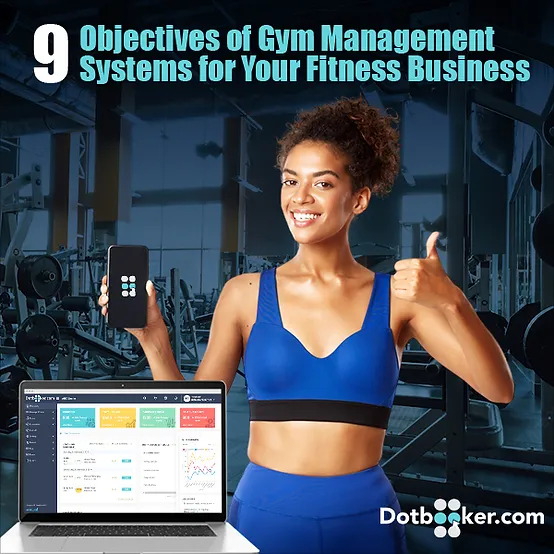
- Oct 20, 2022
- 4648
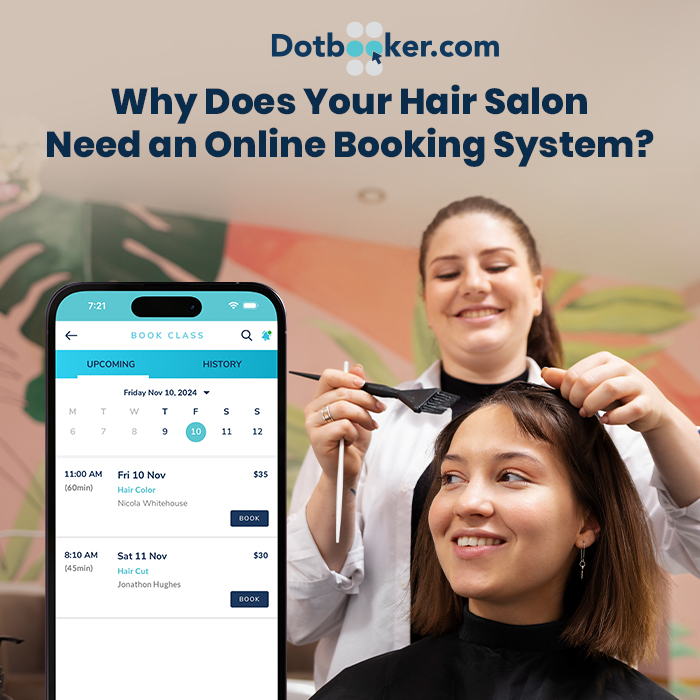
- Sep 08, 2024
- 3956

- Nov 11, 2022
- 3402

- Sep 16, 2024
- 2788
Transform your business now!

Get an expert consultation for your business's streamlined operations.